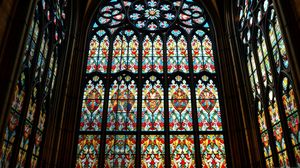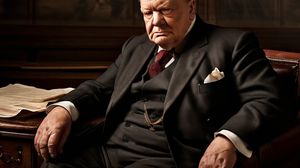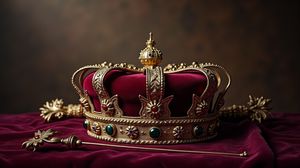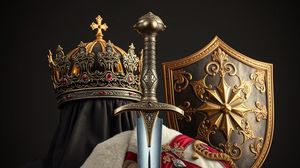
The Supreme Court in London is a marvel of modern jurisprudence, established in 2009 to serve as the highest court in the United Kingdom. It plays a pivotal role in interpreting the laws and ensures that justice is fairly administered, standing as the final court of appeal for civil and criminal cases in the UK. Visitors are often struck by the elegant architectural design that seamlessly blends historical and contemporary influences, reflecting the court's place at the heart of Britain's legal system.
One of the most intriguing features of The Supreme Court is its public access; hearings are open to the public allowing anyone to watch the highest level of judicial decision-making in action. This transparency highlights the UK's commitment to an open and democratic legal process. The court also offers guided tours when the court is not in session, providing a rare glimpse into its working life and the chance to explore the grand interiors.
The building itself is steeped in history, as it occupies the former Middlesex Guildhall, which dates back to the early 20th century. The Supreme Court's home underwent extensive refurbishment to suit its current purpose, yet it retains many of its original Gothic-style features, including original stained glass windows and intricate wood carvings.
For those fascinated by art and history, the Supreme Court houses an impressive collection of contemporary and historical legal art. Among its most iconic pieces is the vivid tapestry by Turner Prize-winning artist Chris Ofili, symbolically capturing the essence of justice and law throughout the ages.
One might be surprised to learn that the Supreme Court Gift Shop sells not only traditional souvenirs but also humorous and unique items that play on British legal quirks. These unusual products often evoke a smile, showcasing the lighter side of the legal institution.
As a peculiar yet significant element of British tradition, The Supreme Court maintains the practice of judges wearing ceremonial robes and wigs, a sight that intrigues many international visitors unfamiliar with such customs. This nod to heritage is retained during important occasions, reinforcing the gravitas and tradition of the legal process.

Making the Most of Your Visit:
When you visit The Supreme Court, try to coincide your visit with a hearing. It's fascinating to watch real cases unfold, and you can simply walk in and sit down as a member of the public. Check the schedule on their website to see what's on during your visit.
Don't miss the opportunity to take one of the guided tours if they are available. The guides have a wealth of knowledge to share, including plenty of anecdotes about historical cases and the building's past. This is something that can really enhance your visit.
Keep an eye out for the intricate details of the building itself. The Gothic-style architecture and original features like the stained glass windows are absolutely stunning. Spend a bit of time just wandering and appreciating the craftsmanship.
Stop by the Supreme Court Gift Shop. It's a great place to find unusual and quirky souvenirs, many with a legal twist unique to this special institution. It's a fun way to take a piece of British legal tradition home with you.
If you're there when the judges are in attendance, you'll get to see them in their ceremonial robes and wigs. It's a real piece of British tradition, akin to seeing the Changing of the Guard, so definitely a photo opportunity if allowed.

Visiting Times & Costs:
The Supreme Court is open to the public and welcomes visitors throughout the year, except on public holidays and during courtroom maintenance breaks. The building is usually open Monday to Friday from 9:30 am to 4:30 pm.
Admission to view Supreme Court hearings and to explore the public areas of the building is free of charge. However, there may be a fee for guided tours, which are available when the court is not in session. It is advisable to check the official schedule for guided tours and any associated costs before visiting.
The building is committed to accessibility and provides facilities for visitors with disabilities, including step-free access and disabled toilet facilities. Assistance dogs are welcome, and if specific accommodations are needed, contacting the venue in advance is recommended.

Address & Map:

Nearby:























